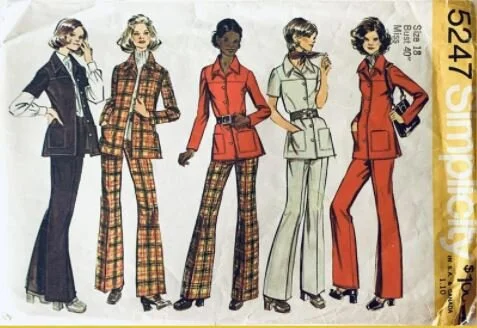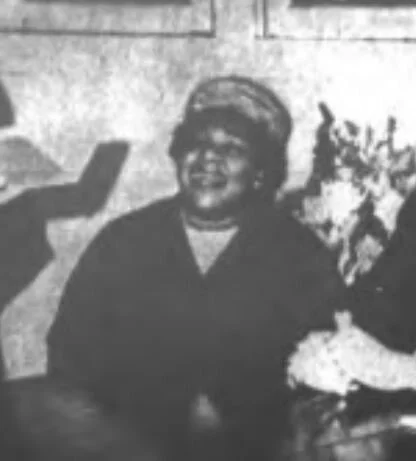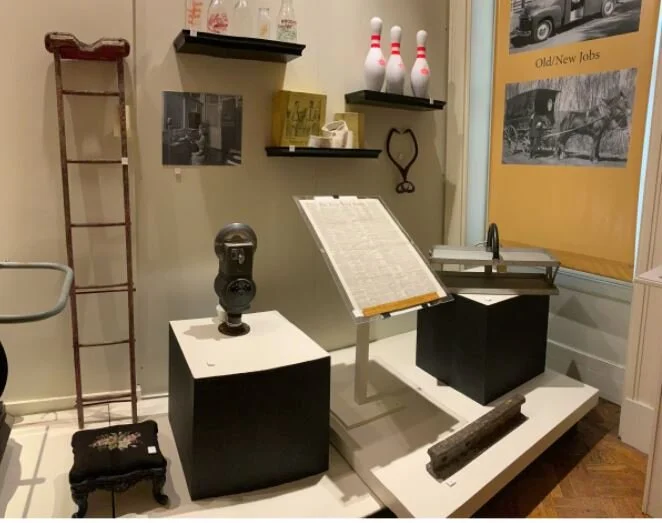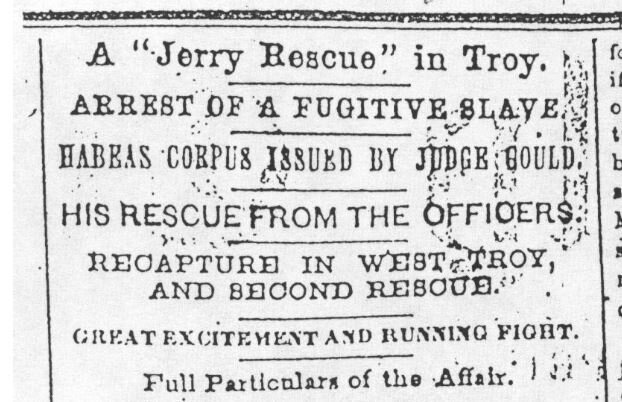Anna Mary Robertson Moses was a self-taught American Folk Artist known internationally for her work.
Read MoreThe Freihofer Baking Company moved to Lansingburgh in 1913, selling breads, cakes, and eventually the famous Freihofer Chocolate Chip Cookies still popular today.
Read MoreThe use of ice as an article of commercial importance dates back from early in the 19th century.
Read MoreBowling alleys, in discussing old and new jobs and the evolution of work, are no strangers to the impact changing technology has held on our work environments.
Read MoreThe Hart Cluett Museum recently acquired a wonderfully dynamic photographic collection, documenting the construction of the Menands Bridge.
Read MoreThe Pussyhat is a symbol of support and solidarity for women's rights and political resistance.
Read MoreStapleton was a gifted actress in film, theater, and television (and more!) who called Troy, NY her home.
Read MoreBy the 1890s, cycling took the United States and Europe by storm. However, cycling was not viewed as an activity suited for women.
Read MoreThe pantsuit remains an iconic statement for empowerment, and is an exemplification of how fashion and its designers can reflect and affect the times and lives of their wearers.
Read MoreBorn Samantha Littlefield of Watervliet, NY, she would become a celebrated portraiture artist of the early 20th century.
Read MoreOn this day 44 years ago today, the Green Island Bridge collapsed into the Hudson River.
Read MoreIn celebrating #WomensHistoryMonth, highlighting the impact that Mrs. Althea G. Singleton held on her community and beyond, is essential.
Read MoreParking meters were developed in the mid-1930s but really became urban fixtures in the 1950s as pressure for parking spaces became greater with more people driving cars.
Read MoreIn recognition of Women’s History Month, the Hart Cluett Museum has gathered some resources to provide greater access to the women that have defined the city of Troy, Rensselaer County, and the nation.
Read MoreWe have probably all heard of and heard Muzak, but did you know there was a job playing recorded music in some big factories?
Read MoreThe National Association for the Advancement of Colored People (NAACP), founded in 1909, opened a Troy Chapter in 1920.
Read MoreCharles Nalle was a twenty-eight year old run-away slave, who escaped from his enslaver, Mr. Hasbrough in Virginia.
Read MoreOnce New York State officially abolished slavery in 1827, the Black population in Troy saw a need to establish organizations, often called “benevolent societies” to assist not only the Black residents in Troy as the transition was made but also the freedom seekers who were passing through on their way north to freedom.
Read MoreWhen a child is named after two abolitionist giants of the 19th century, it is no wonder that Garnet Douglass Baltimore was destined for greatness.
Read MorePeter Baltimore was a barber and his barbershop, located on First Street, was a documented part of the Underground Railroad.
Read More



















